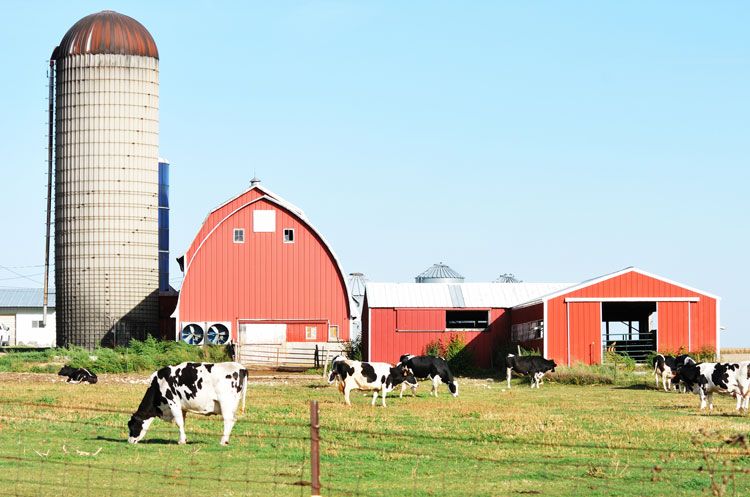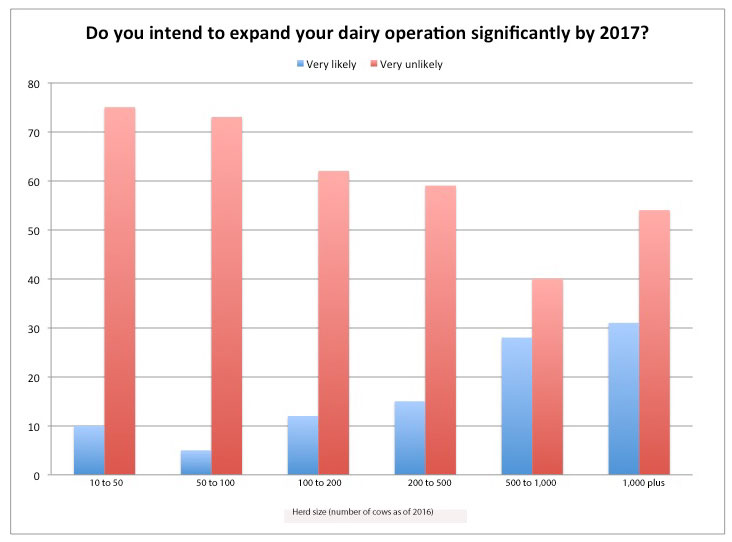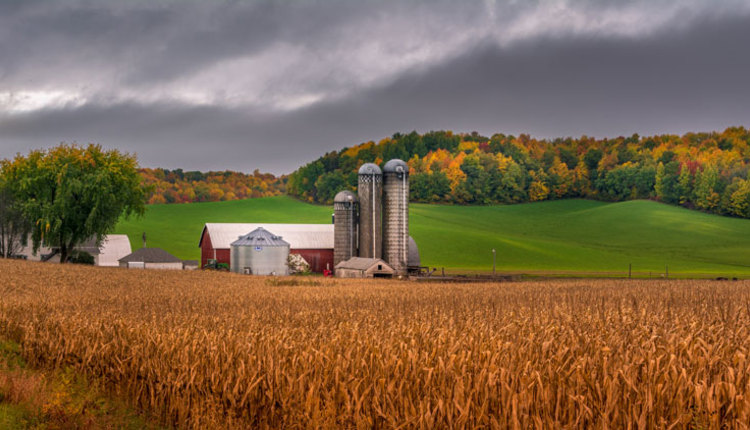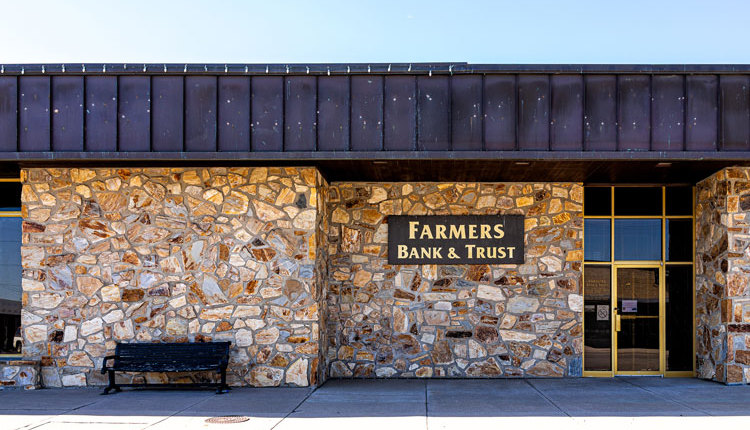
Among all major dairy exporters, the U.S. is the only country that has seen growth in production in the last few months. Growth in milk production comes mostly from larger operations, and the trend appears to be accelerating.
Ten years ago, herds larger than 500 cows accounted for about 52 percent of the total number of dairy cows in the United States. That number grew to 60 percent by 2012. Obviously, technology and access to labor have been key components underlying this structural change.
More profit and labor efficiency were the main factors motivating herd expansion over the last five years. For the next five years, the perceived barriers to expansions varied by farm size.
Land access was listed as the most significant barrier to expansion by 15 percent of the respondents. Among the smaller farms (less than 100 cows), access to capital was the most commonly cited barrier to expansion.
As herd size grew, the main concern shifted toward environmental regulations and labor availability. In fact, labor recruitment and management was stated as the main barrier to expansion by a majority of farms with herds of more than 500 cows.

The recent policy changes and executive orders concerning immigrant labor will likely escalate the challenge of herd expansion. At this point though, it seems unlikely to stop the consolidation of dairy production.
To comment, email your remarks to intel@hoards.com.
(c) Hoard's Dairyman Intel 2017
February 27, 2017








